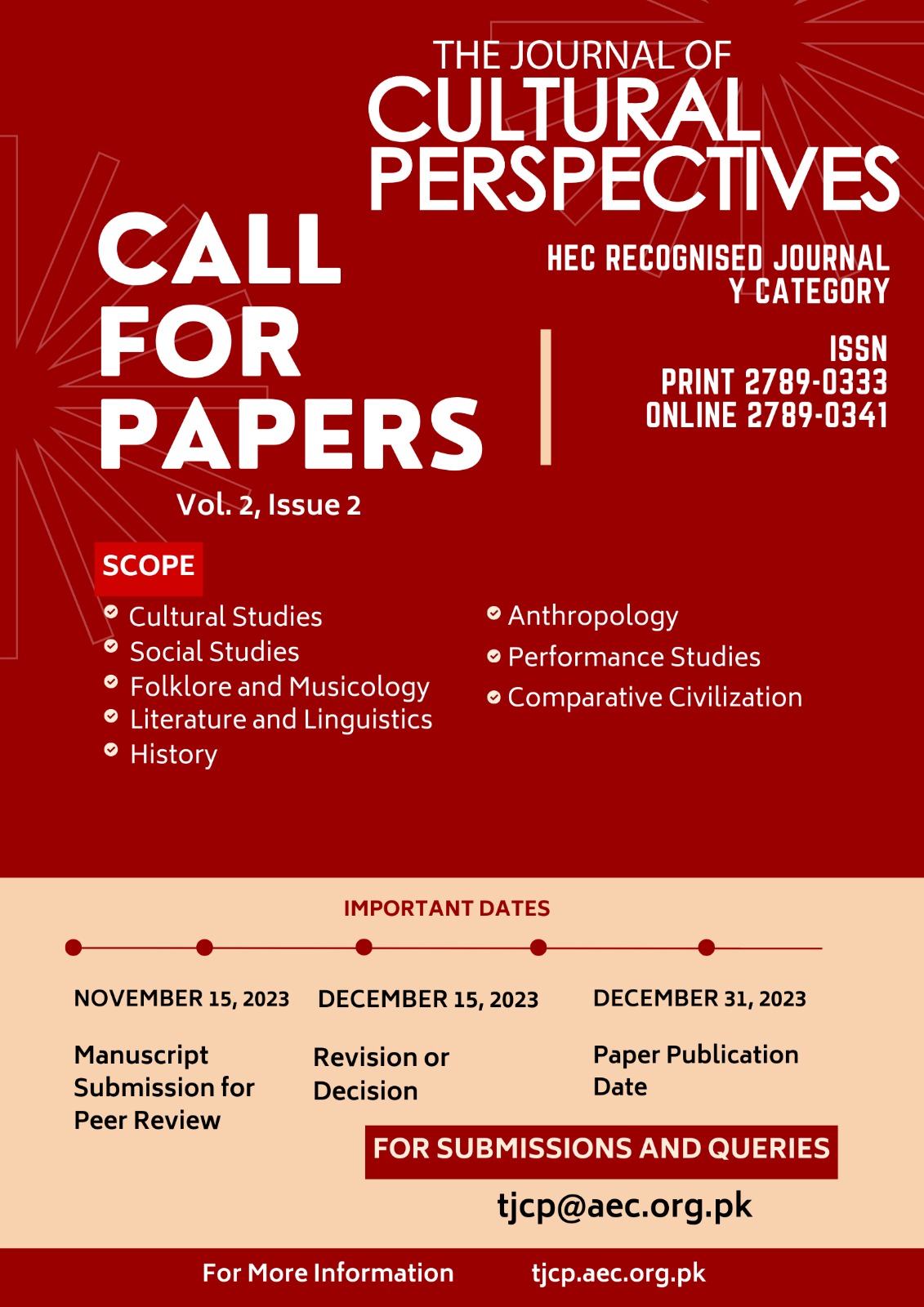
Theatre has journeyed through different transitions in the past. It has evolved and has become a whole industry and social phenomenon which has affected society a lot. In Pakistan, the theatre has not achieved much popularity, space, and acceptance that it deserved or should have received. Despite its slow growth, it somehow managed to mark Pakistani society by performing diverse themes and issues like dictatorial rule and social taboos. However, it faced some severe censorship from the state. The Curtain Raiser Production, an Islamabad-based theatrical group, was used as a case study to address the dynamics of censorship in the theater. The approach was critical and analytical, while the methodology was qualitative. For this purpose, the drama, Sarisht of The Curtain Raiser Production was analyzed to identify the key factors which led to changes in the play. The same play with its original script was named Nang, which means shame; however, later, it was renamed Sarisht, which means nature or disposition. This change of title was the trigger for gaining attention about the effectiveness of the sensor as a social practice. The script provided more profound insights into the censored world on rhetoric and performance. It highlighted the process through which censorship is enforced on the theatre practitioners. The article reveals that censor is omnipresent in the theater. It is multifaceted, polyvocal, and multidirectional.